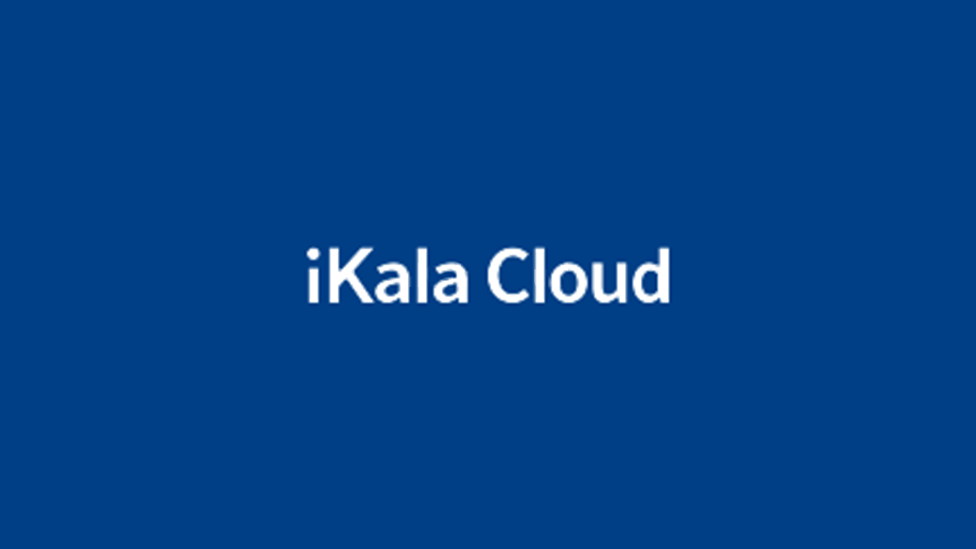The e-commerce market has been undergoing constant changes in recent years. Not only is there the “Double-Eleven” shopping day that spread from China to Taiwan, another “Double-Twelve” shopping festival also spawned from “Double-Eleven” last year. As major e-commerce brands were seizing business opportunities, there was also great news in terms of revenues. However, how to deploy the technical level behind the promising prospects of the e-commerce industry to support the continuous influx of online shopping traffic is an issue that all technical staff must face the nights before booming shopping festivals.
iKala Cloud is honored to be able to invite the technical director of a well-known e-commerce company to share his first-hand experience on how they integrated cloud resources to double their profits, how they integrated Google Cloud into their physical internet data centers (IDCs), and their future deployment plans in the cloud.
Three major reasons for choosing Google Cloud
Powerful cloud architecture and resources
The resources of cloud platforms are even more abundant than those of physical IDCs. Engineers or developers can call and use the cloud resources in real-time. For instance, running more VMs is one of the most obvious examples. Meanwhile, the Google Cloud Platform (GCP) is also a certified architecture; not only is it trustworthy, it can also become more powerful. To respond to large amounts of services (such as the high traffic during the Double-Eleven shopping day), using the cloud will be the most economical choice.
Time cost
When physical IDCs are actually running, it usually takes about one month before newly-purchased machines arrive at the IDC. If the services at any particular moment grow rapidly, or if developers have an immediate need for resources for temporary projects, physical IDCs may not be able to meet these needs. However, time is money, and using GCP will allow you to obtain the resources and services you need within 90 seconds.
Operation and maintenance costs of physical IDCs
The operation and maintenance costs of physical IDCs include: [1] Costs for staff training [2] Costs for utilities [3] Meeting safety regulations and operation requirements in the construction of IDCs. If the cloud is used, not only is there no need to worry about the plans described above, costs can also be saved while immediate use is possible.
The well-known profit king of e-commerce companies stated: “The architects of Google and iKala – iKala Cloud both participated in the discussions during the planning stage: How to design the architecture and how to integrate other Google Cloud products. For many enterprises, they not only want to migrate from physical IDCs to virtual machines on Google Cloud, they usually focus more on other existing functions of Google, including managed services, BigQuery and the Google machine learning API, etc. Google and iKala Cloud both provide many resources and assistance in these areas.”
Configurations and applications of physical IDCs + Google Cloud
Whether in terms of program or architectural aspects, enterprises are usually unable to migrate all services to the cloud at once. There are also concerns about investment returns; therefore, customers usually choose to continue using physical IDCs. Under such circumstances, if they still want to develop toward the cloud in the long run, enterprises usually plan migration in stages: they will stop increasing the operational capacity of physical IDCs in the short term, while providing developers with more time to accumulate experience on cloud development.
Future plans
After discussions with Google and iKala Cloud, this well-known e-commerce company decided to first move the businesses with non-basic traffic to Google Cloud. Since the business connections between non-basic traffic and basic traffic are less closely related, fewer programs need to be changed, the time required is shorter, and they can be switched off at any time. For example, they will choose to run the Double-Eleven shopping day activities on the cloud. This type of migration in stages is a very practical method for customers who want to embrace the cloud but still have concerns.

